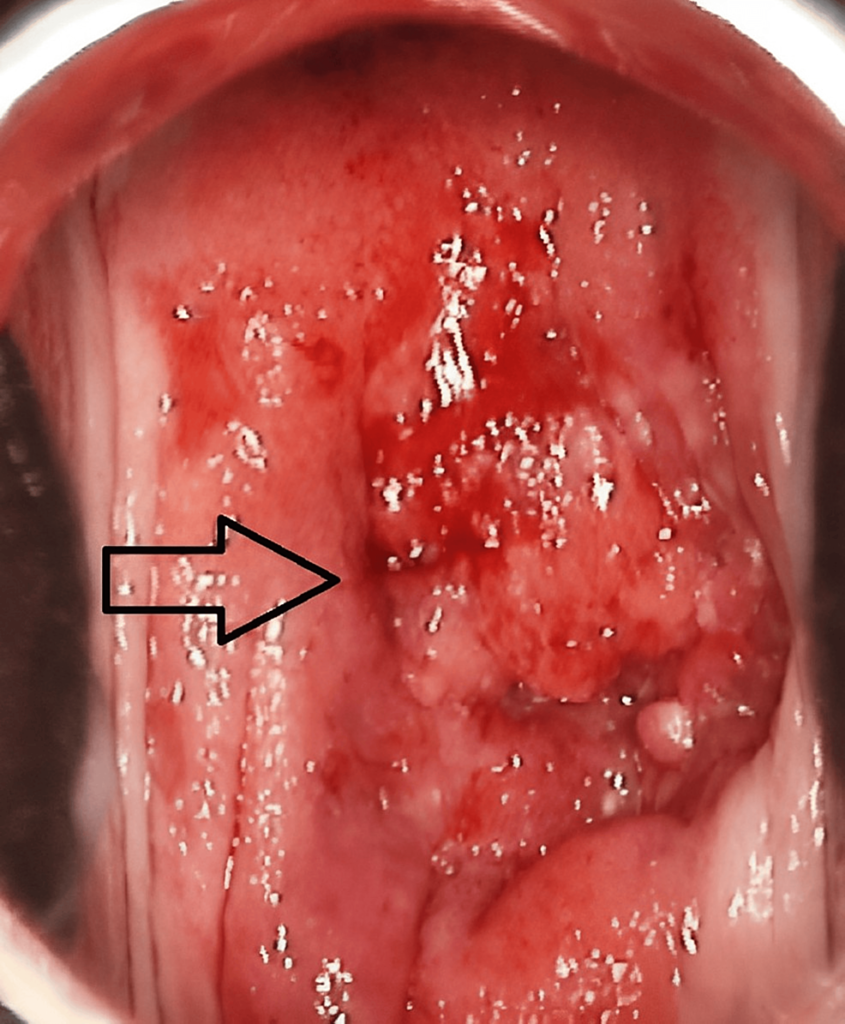Carcinoma of the cervix, commonly known as cervical cancer, is a significant global health concern. It originates in the cells lining the cervix—the lower part of the uterus that connects to the vagina. This article delves into the causes, symptoms, diagnosis, treatment options, and preventive measures associated with this condition, offering an exhaustive guide to understanding and managing cervical carcinoma.

Causes and Risk Factors
Cervical cancer is primarily linked to persistent infection with high-risk types of the human papillomavirus (HPV). However, several factors contribute to the development of this malignancy:
- Human Papillomavirus (HPV): Certain strains, notably HPV-16 and HPV-18, are strongly associated with cervical cancer.
- Smoking: Tobacco use doubles the risk of cervical cancer by weakening the immune system.
- Immunosuppression: Conditions like HIV/AIDS reduce the body’s ability to combat HPV infections.
- Multiple Pregnancies: Women with many full-term pregnancies have an elevated risk.
- Early Sexual Activity and Multiple Partners: Increased exposure to HPV at an early age raises susceptibility.
Symptoms of Cervical Cancer
Early stages of cervical cancer often show no symptoms. As the disease progresses, individuals may experience:
- Abnormal vaginal bleeding (post-coital, intermenstrual, or postmenopausal).
- Unusual vaginal discharge, sometimes with a foul odor.
- Pelvic pain or discomfort during intercourse.
- Lower back or leg pain in advanced stages.
Prompt medical attention for any of these symptoms is crucial for early detection and treatment.
Diagnosis of Cervical Cancer
Early detection significantly improves treatment outcomes. Diagnostic methods include:
- Pap Smear Test: Identifies precancerous or abnormal cells on the cervix.
- HPV DNA Test: Detects high-risk HPV strains.
- Colposcopy: A detailed examination of the cervix using a magnifying device.
- Biopsy: Confirms the diagnosis by analyzing tissue samples.
Staging of Cervical Cancer
Cervical cancer is categorized into stages based on its spread:
- Stage 0: Carcinoma in situ, limited to surface cells.
- Stage I: Confined to the cervix.
- Stage II: Spread beyond the cervix but not to the pelvic wall.
- Stage III: Involvement of the pelvic wall or lower vagina.
- Stage IV: Spread to nearby organs or distant sites.
Diagram: Cervical Cancer Stages
Treatment Options
The choice of treatment depends on the stage and overall health of the patient. Common approaches include:
1. Surgery
- Conization: Removal of a cone-shaped section of abnormal tissue.
- Hysterectomy: Complete removal of the uterus and cervix, often for advanced stages.
2. Radiation Therapy
- Often combined with chemotherapy to target cancerous cells.
- Effective for both early and advanced stages.
3. Chemotherapy
- Used in conjunction with radiation or for metastatic cervical cancer.
4. Targeted Therapy
- Medications like bevacizumab block the growth of new blood vessels that feed cancer cells.
5. Immunotherapy
- Emerging treatments aim to enhance the immune system’s ability to fight cancer cells.
Prevention Strategies
1. HPV Vaccination
Vaccines like Gardasil and Cervarix offer protection against high-risk HPV types and are most effective when administered before the onset of sexual activity.
2. Regular Screening
- Pap smears and HPV tests should be part of routine health check-ups for women.
3. Lifestyle Modifications
- Avoid smoking and practice safe sex to reduce risk factors.

